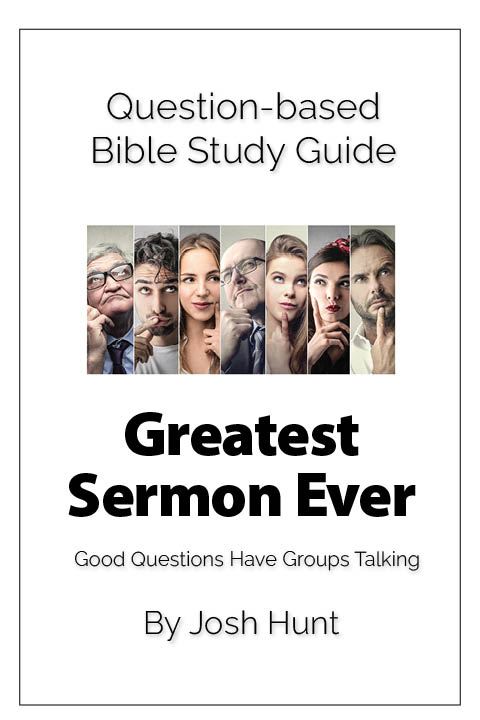During the final phase of Paul’s apostolic career, a serious disruption was troubling a long-established Christian church: Some church leaders had become false teachers. Paul had warned that this would happen (Acts 20:29–31), and now their impact was threatening the life and well-being of the community. A skillful person was needed to restore order to God’s household. Paul gave this task to Timothy, his trusted delegate. SETTING Paul’s first contact with Ephesus, during his second missionary journey (Acts 18:19–21), gave no opportunity for significant work. During his third journey, he returned to the city and served a couple of years (Acts 19, around AD 53~56). Later, when Paul was on his way to Jerusalem, he had opportunity to stop at Miletus and speak to the elders from Ephesus, who met him there (Acts 20:17–38). Paul traveled to Jerusalem, was arrested, was later transferred to Caesarea, and was then sent to Rome, where he stayed under house arrest for approximately two years (Acts 21–28; AD 60–62). When he was released from prison, he reembarked on his missionary journeys, possibly directed toward Spain (see Rom 15:24, 28), although it is just as possible that the imprisonment changed Paul’s orientation back eastward. Paul was still involved with the Ephesian church during this period. Timothy had accompanied Paul for much of his original ministry there (Acts 19:22) and had now been delegated the task of dealing with new and troubling developments in Ephesus (1:3). False teachers were upsetting households (cp. 2:15; 3:4–5; 5:11–15; Titus 1:11). Repercussions in the surrounding society (see 2:2) were bringing the church and the gospel into disrepute. Paul wrote Timothy to guide him in correcting errant behavior and in preventing false teachers from gaining another foothold. The Setting of 1 Timothy, about AD 63. Timothy had accompanied Paul on his second missionary journey (Acts 16:1–3; 17:14–15; 18:5) and was with Paul in EPHESUS during his third journey (Acts 19:22). After Paul’s imprisonment in Rome (AD 60–62), he evidently sent Timothy back to EPHESUS while Paul himself went to visit the churches in MACEDONIA (see 1:3). Paul then wrote to Timothy to help him make corrections in the Ephesian church (3:14–15). SUMMARY After directing Timothy to deal with the would-be teachers of the law (1:3–20), Paul gives guidance on conduct in God’s household with respect to prayer, women’s teaching, and leadership (2:1–3:13). These three areas had been harmed by the false teachers. Paul makes clear what he is trying to accomplish and explains why and how it must be done (3:14–4:16). Then he resumes his instructions on godly conduct concerning old and young people, widows, elders, and masters (5:1–6:2). These areas, too, had been distorted by false teaching. Finally, Paul returns to the need to deal with the false teachers themselves, this time centering on issues of wealth and profit (6:2–21). DATE OF WRITING Most likely, 1 Timothy was written after Paul’s first imprisonment in Rome (Acts 28). If, however, 1 Timothy is dated within the time frame of Acts, then Acts 20:1–3 provides a possible window. Another option is during a possible time gap between Acts 19:20, 21. On balance, however, these earlier periods are less plausible for 1 Timothy than a time period after Acts 28 (see Introduction to Paul’s Letters to Timothy and Titus, “Date of Writing,” p. 2047). LITERARY GENRE This letter has characteristics similar to a Greco-Roman mandatum principis (“commandment of a ruler”), in which “a superior writes to a representative or delegate with instructions concerning the delegate’s mission.”1 Though addressed to the delegate, such mandates were intended to be public rather than private. This literary form was commonly used in situations such as Timothy’s. It authorized the delegate and established a public norm of conduct to which he could be held accountable by those in his charge. Though Paul and Timothy had a close personal relationship, the content and formal tone of 1 Timothy are in keeping with its literary genre. The need for wise dealing with questions of church arrangements and Christian discipline is ever present, and [the Pastoral] Epistles have constantly supplied Christian leaders with sober practical advice in these matters. DONALD GUTHRIE The Pastoral Epistles, p. 62 MEANING AND MESSAGE First Timothy is not primarily an essay on church government and gender policies. It is a passionate and masterful advocacy for the Good News of Jesus Christ, its ongoing progress in the world, and the new life which it creates and promotes (see 3:14–16). God’s household was Paul’s immediate concern. Just as the surrounding society expected orderly conduct in the family household—with roles and decorum and notions of honor and shame—so it was with the household of God. God’s household adapts to the social and economic structures of society, reflecting widely accepted standards of honor and propriety as well as the social structures themselves. At the same time, where proper and necessary, God’s household runs counter to society, reflecting very different and even countercultural values and practices. The formation of God’s household is dynamic, not mathematical. Salvation is begun but is not complete. God’s household is in the world, but not of it. That world remains God’s good creation (4:3–4; 6:17), but the world is transient and is in its last, difficult, evil-ridden days (4:1; 2 Tim 3:1). God’s household exists in the world and reflects the new creation. Paul’s primary concern was with the mission of the church to advance the Good News in the world and promote the will of God (see 2:4–7). God’s people should do what supports that mission (2:1–3:13; 5:1–6:2; see 1 Cor 9:19–23). The false teachers were, by contrast, talking foolishness and damaging the integrity of the church, so Paul directed most of his words toward right conduct. The condensed summaries of the Good News (1:15; 2:5–6; 3:16; 6:13–16) indicate what was actually under assault—the right understanding of salvation in the present age. This “deposit” (see note on 6:20) is what must be preserved, skillfully taught, and passed along with godly life as its outcome. New Living Translation Study Bible (Carol Stream, IL: Tyndale House Publishers, Inc., 2008), 1 Ti. If you are wanting to do a particular passage or book study and can't find it, feel free to email me at josh@joshhunt.com21 Laws of Discipleship -- the book -- |


















